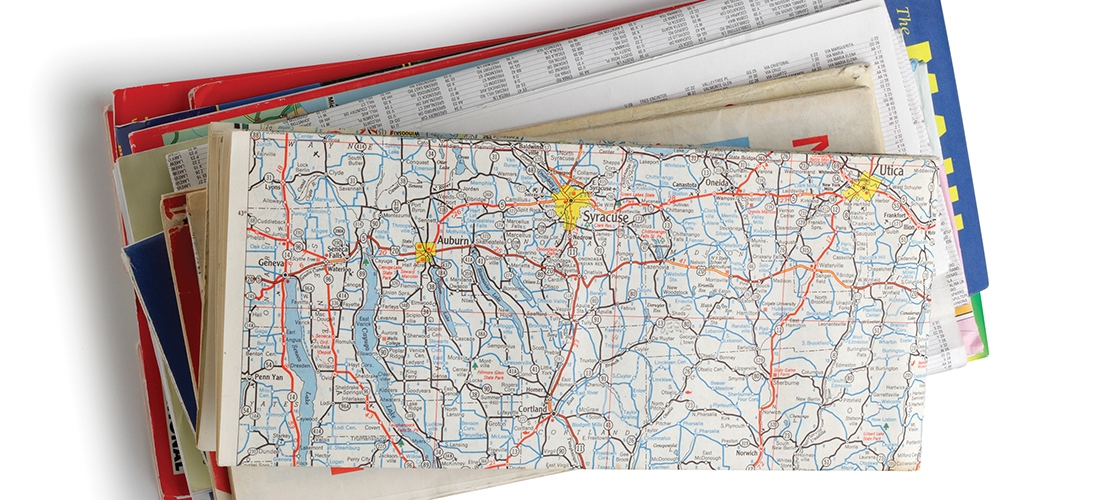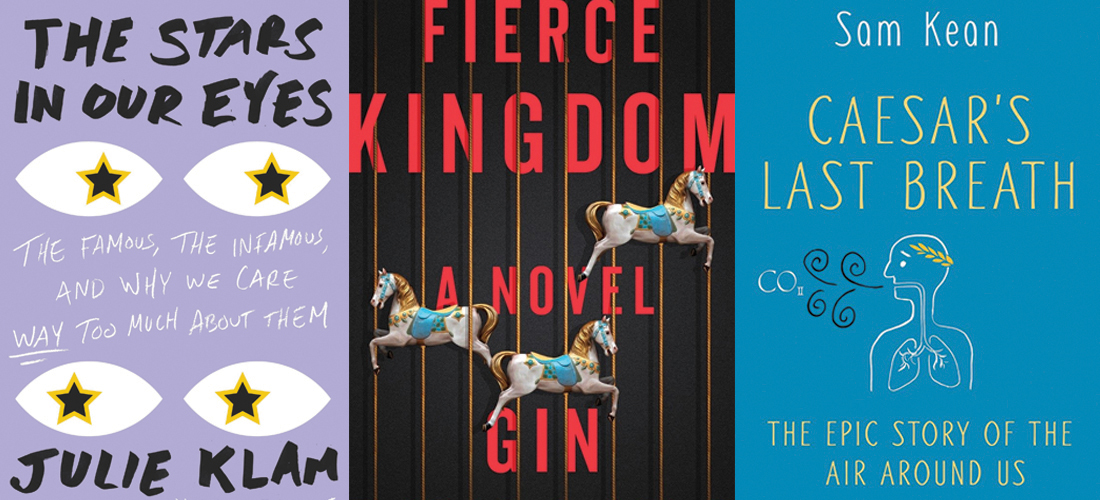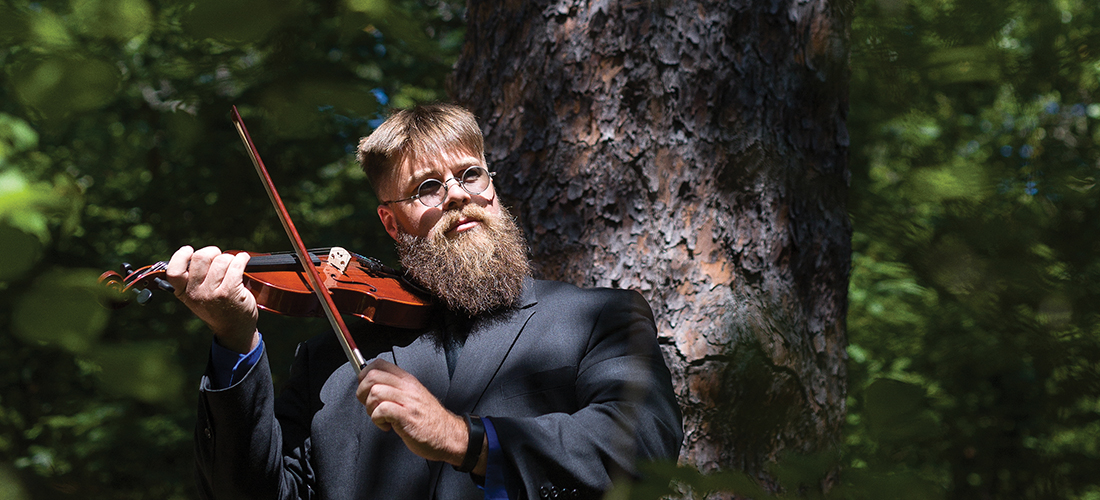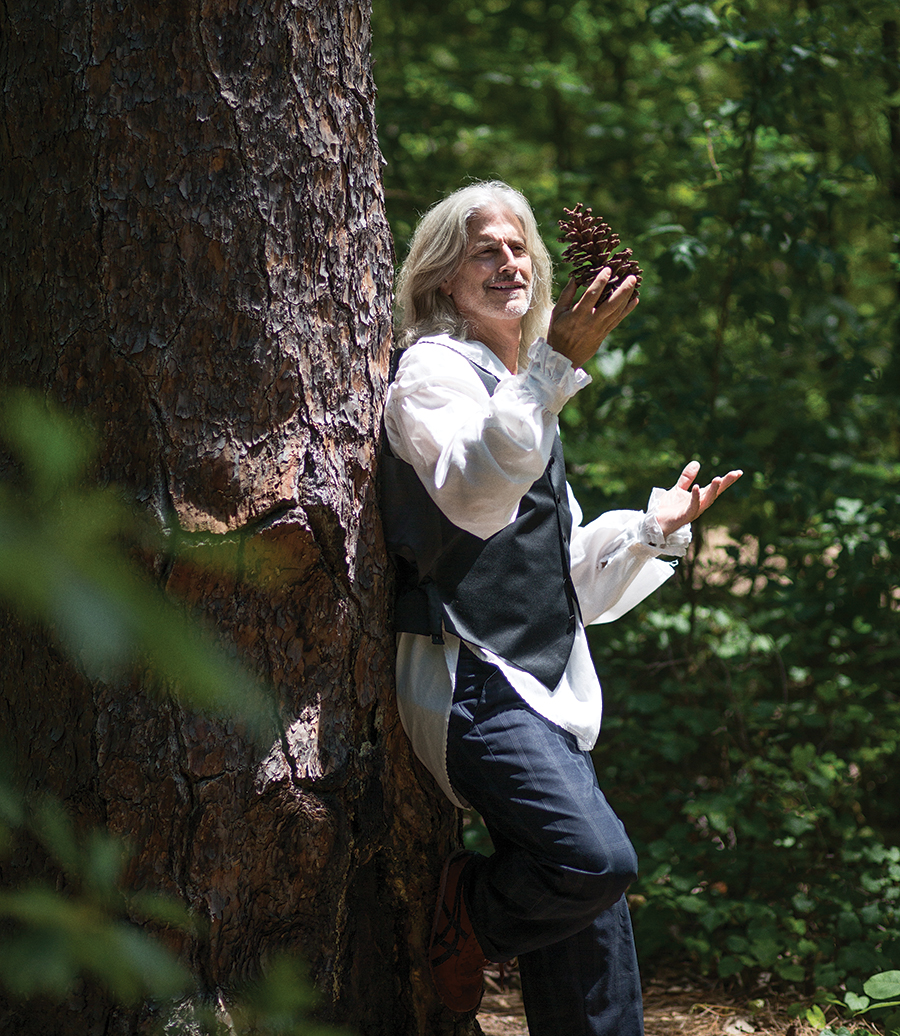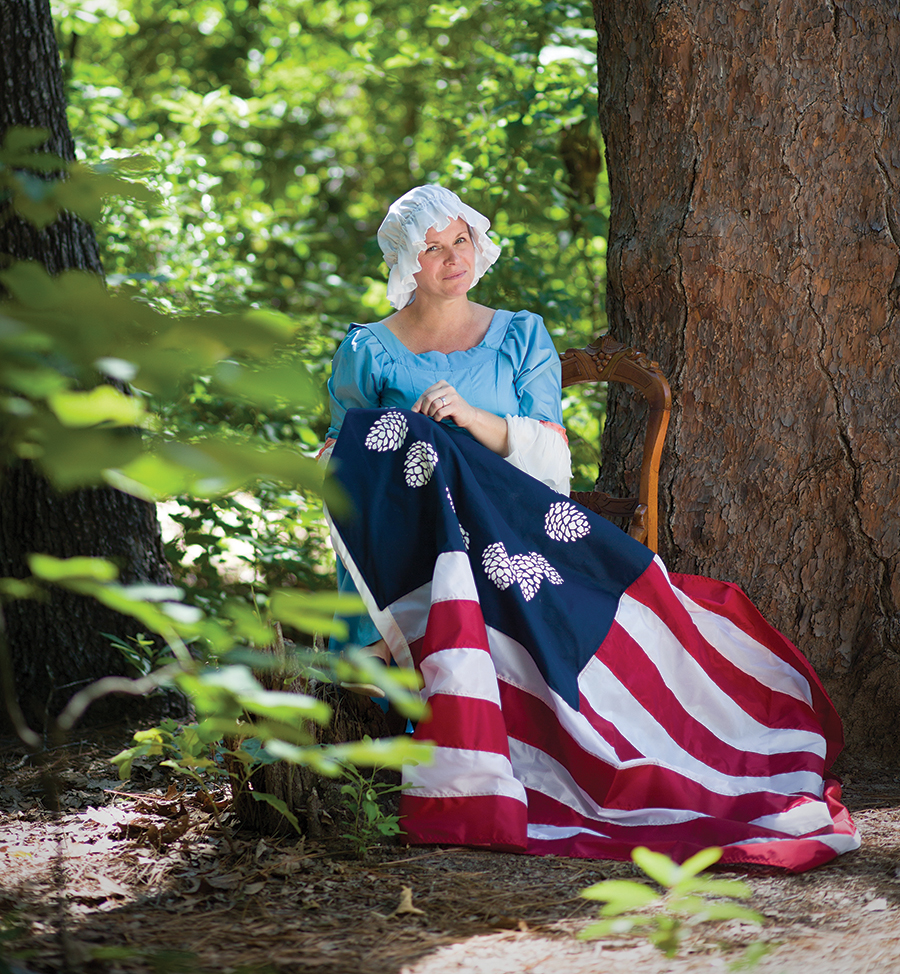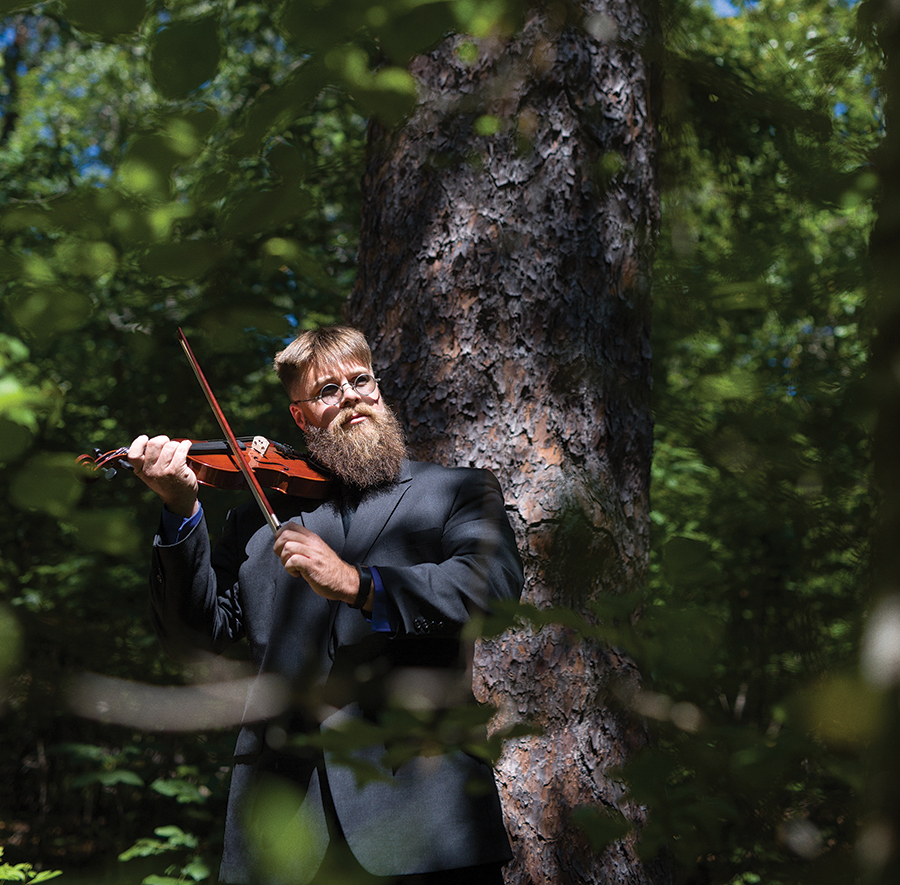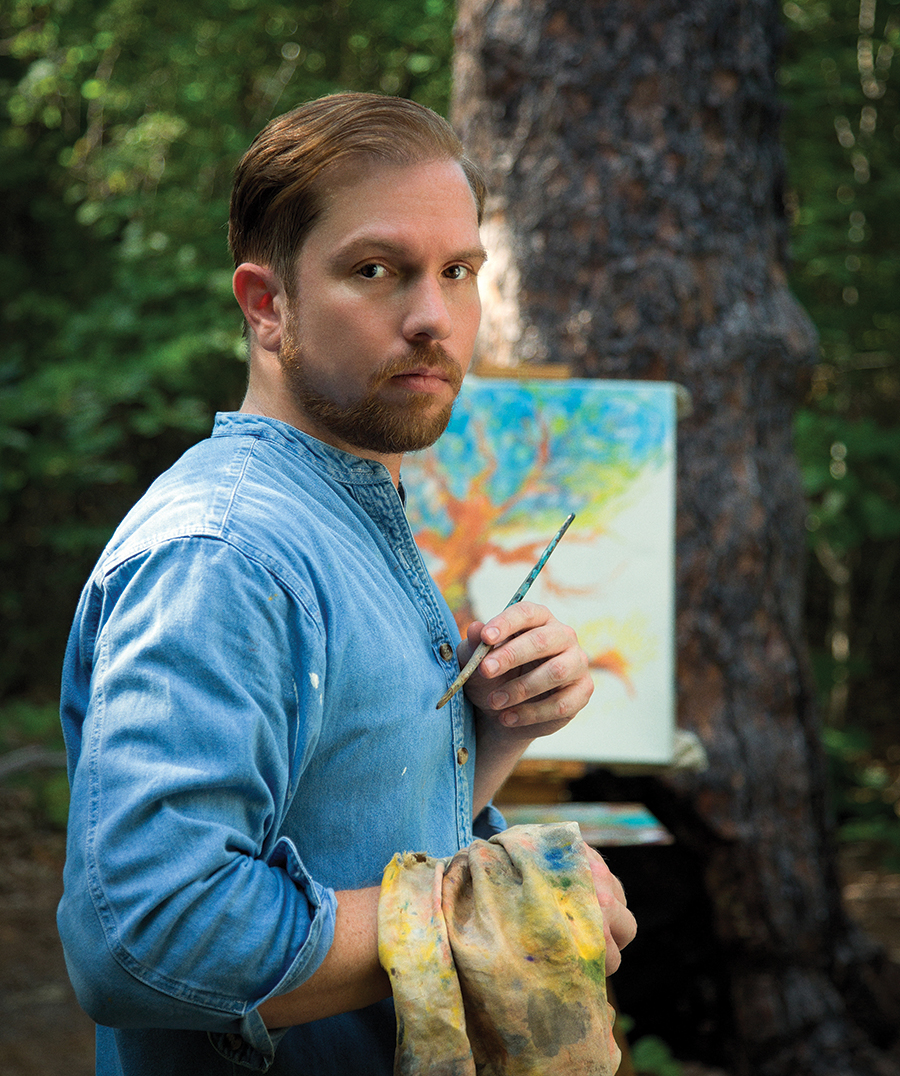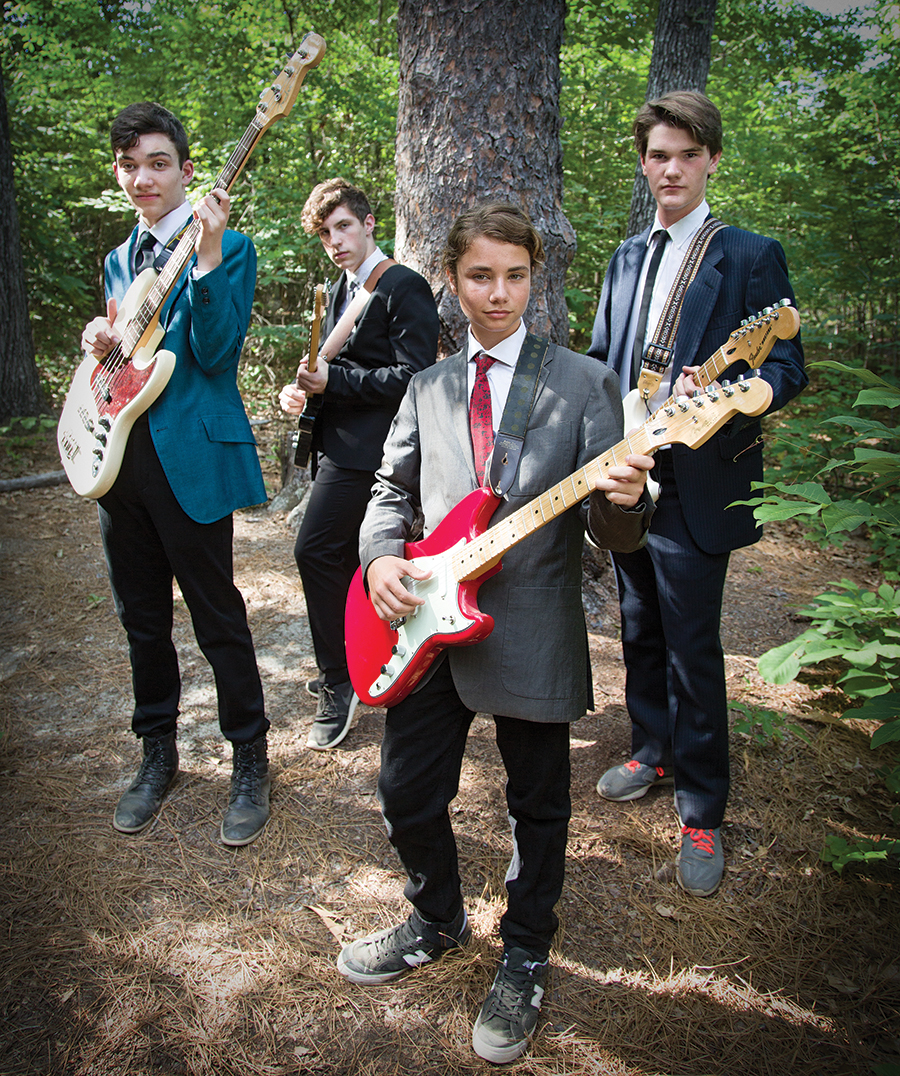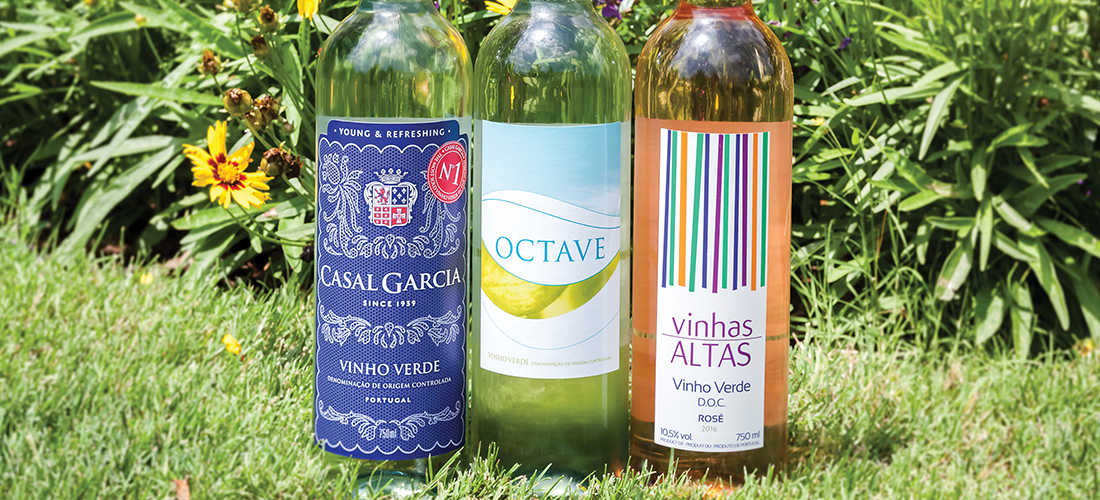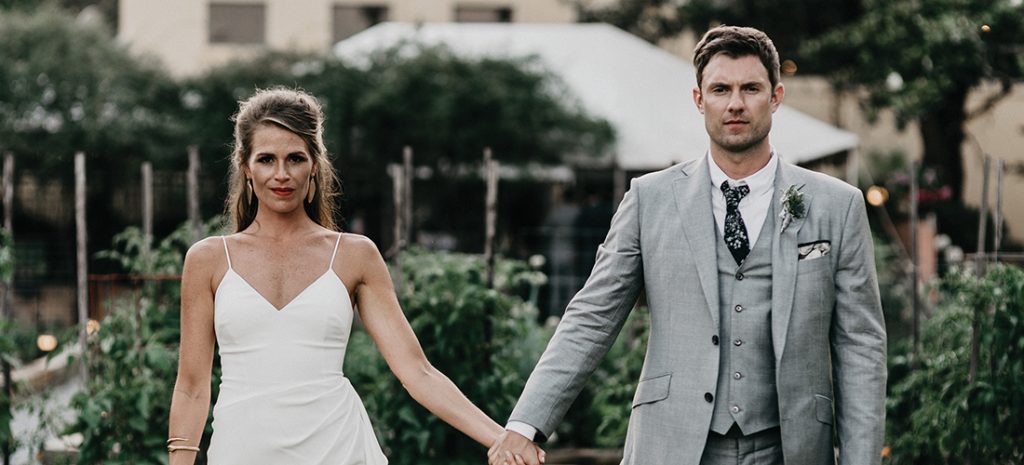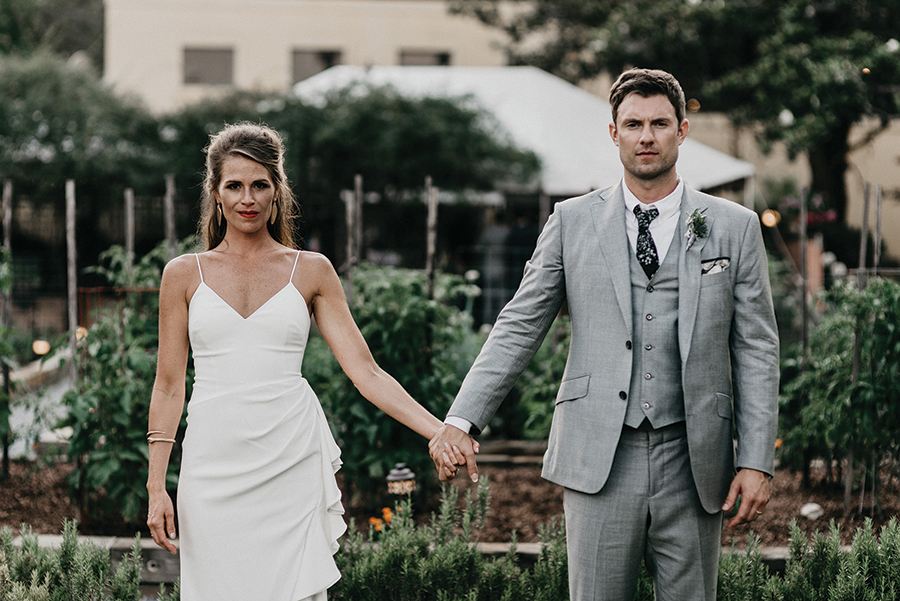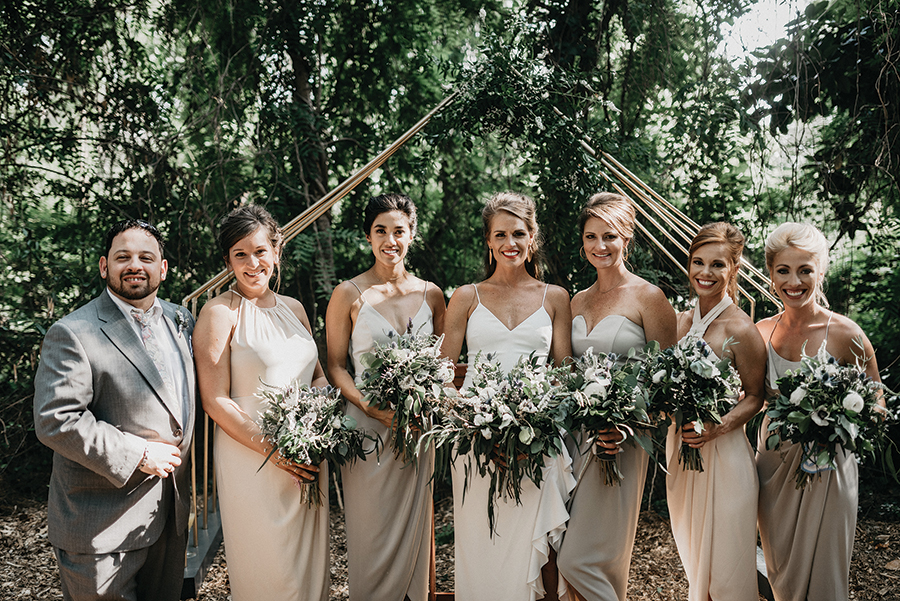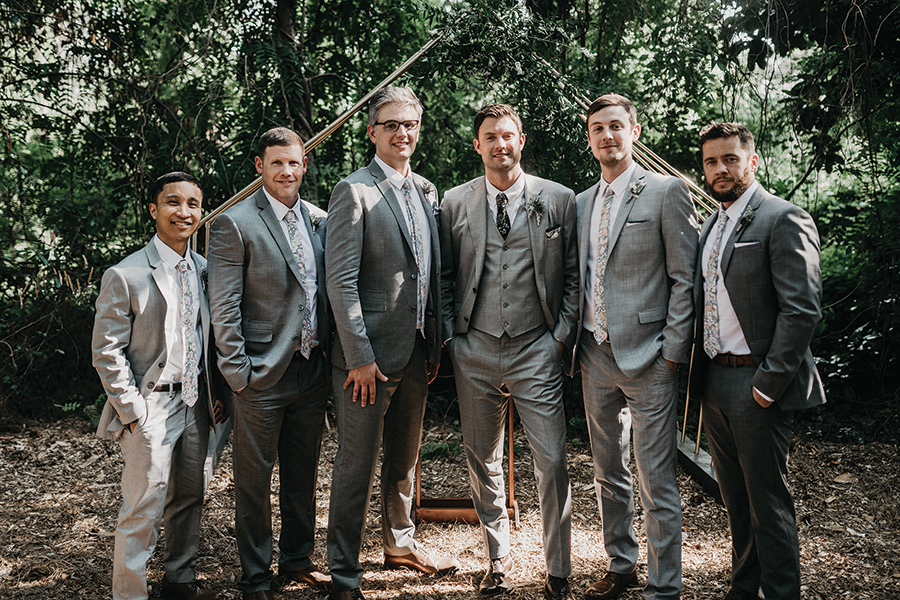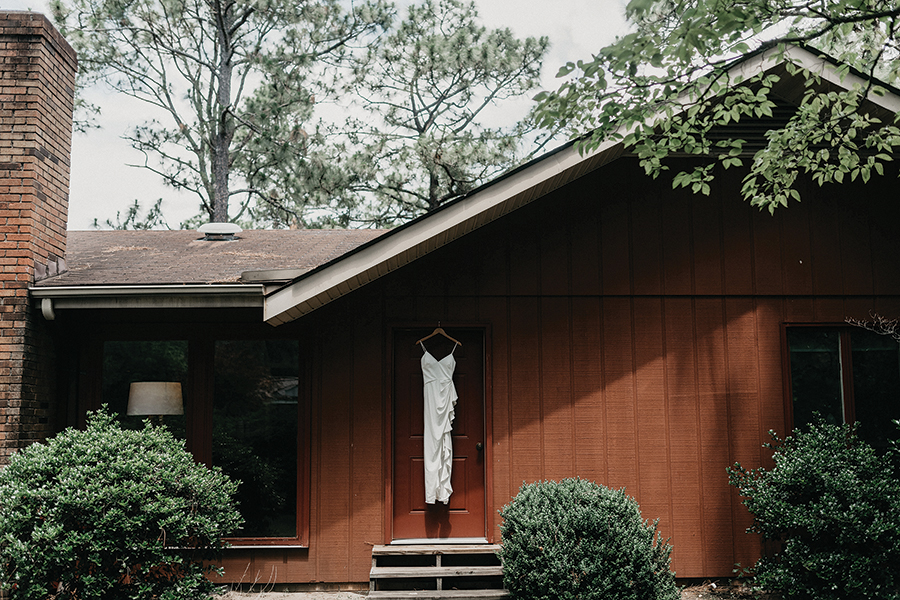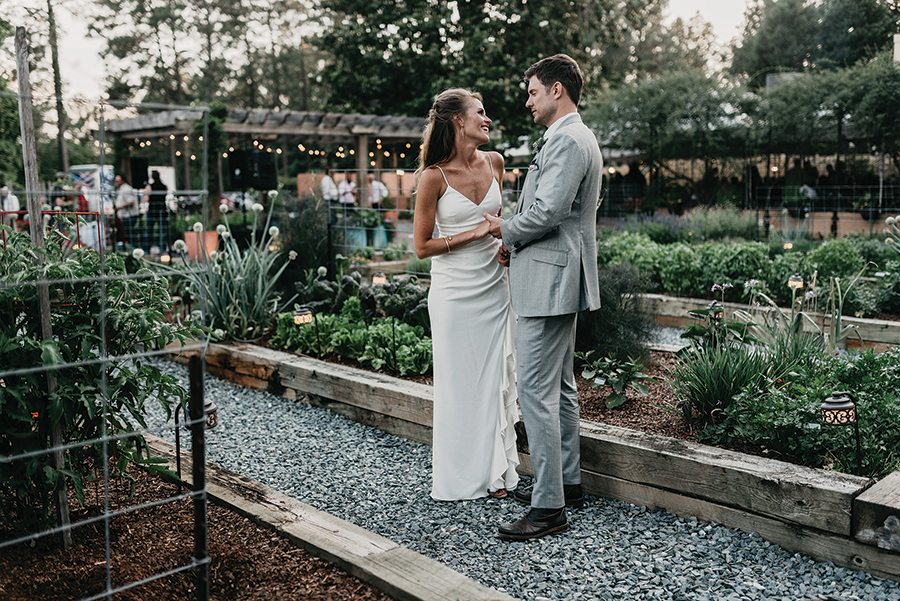Kick back reading
By Romey Petite
Fierce Kingdom, by Gin Phillips
While watching her 4-year-old son Lincoln play, Joan’s only care is making sure they both make it out of the zoo before closing time. When she hears a loud bang, Joan tries not to panic, but secretly fears the worst. By the time she and her son spot the bodies and the gunman, it is too late to make a break for the exit gate. Instead, they retreat deeper into the zoo among the animal habitats to stay one step ahead of the danger. Between Joan’s wry wit and love for her son, Phillips brings to life not only a powerful character, but a compelling one, too. Joan will do anything to protect both Lincoln and the fantasies he inhabits — worlds of myths and monsters — with a kind of self-sacrifice that may cost her life. Readers will find Phillips’ Fierce Kingdom nearly impossible to put down and a thrilling ride from beginning to end.
Caesar’s Last Breath, by Sam Kean
The best-selling author of The Tale of the Dueling Neurosurgeons, The Disappearing Spoon and The Violinist’s Thumb returns with a breathtaking macro and micro look at the very air we breathe. Kean’s sense of wonderment is as infectious as an airborne contagion, taking readers on a delightful stroll down the periodic table, through the chaotic chemical interactions at work in our atmosphere, and delving into some of the strangest theories ever posited — cloud seeding, spontaneous combustion, and Soviet-era weather wars. Inviting us to be conscious of the ever-flowing currents traveling in and out of our bodies, Kean points out the ramifications of the laws of conservation implied in the title Caesar’s Last Breath, postulating that both the past and the future, the living and the dead, are all contained in the very molecules around us.
What We Lose, by Zinzi Clemmons
Thandi’s visit to her father to give him the news that she is pregnant and intends to marry her boyfriend, Peter, becomes the framing device for this debut novel. Born and raised in Pennsylvania, Thandi can never know her ancestral home of Johannesburg — not as her late mother did. While her father’s family is from New York, Thandi’s mother’s mixed-race South African heritage remains both inaccessible to her and yet, ubiquitous. Her story is strung together from heartfelt anecdotes, vignettes, dreams and snapshots, creating a kind of map. Readers will appreciate the way Clemmons’ juxtaposition of prose and pictures has a kind of piercing immediacy that seizes readers and brings them along as she searches for closure and awaits her baby’s birth.
My Sister’s Bones, by Nuala Ellwood
A dedicated and decorated foreign correspondent, Kate Rafter has made it her mission to report on the stories of ordinary people who find themselves confronting the ongoing tragedy of war. After receiving news of her mother’s death, Kate is forced to leave the chaos in Syria and return to the vestiges of a home she has avoided. Kate reconnects with her lingering alcoholic sister, Sally — her abusive father’s favorite daughter. She begins experiencing hallucinations, encountering a child in a neighbor’s garden who claims to have died in Aleppo. As Sally continues to contradict Kate’s memories of what did and didn’t happen during their childhood, Kate begins to doubt herself. Uncertain if these visions are related to PTSD from the horrors she’s seen in Syria or if she is actually in contact with a ghost, she begins to question her own objectivity. Readers will find Ellwood’s debut novel calling to them as they attempt to satisfy their craving for a psychological page-turner worthy of Paula Hawkins’ The Girl on the Train.
All We Shall Know, by Donal Ryan
The author of The Spinning Heart, winner of the Guardian First Book Award and the EU Prize for Literature returns with a new novel about secrets in a small town. Melody Sheen, a 33-year-old tutor, is pregnant by one of her students, a 17-year-old “traveller” boy named Martin Toppy. Immediately abandoned by her equally unfaithful husband, Pat, Melody’s journey in the months leading up to the baby’s arrival involves dealing with unusual bouts of nausea as well as confronting feelings once-buried that begin to resurface — desolation, vindictiveness and remorse. Worst of all, Melody finds herself haunted not just by the fragments of her fraying marriage, but something far worse, her feelings of guilt over the death of her girlhood best friend, Breedie Flynn. Ryan has crafted All We Shall Know with a dark, dispassionate, premeditated cadence, wrenching readers through each revelation with a knifelike twist.
The Stars in Our Eyes: The Famous, the Infamous, and Why We Care Way Too Much About Them, by Julie Klam
Take a wistful foray into the nature of celebrity, how stars are born, and what our culture chooses to celebrate with the The New York Times best-selling author of You Had Me at Woof, Love at First Bark, Friendkeeping and Please Excuse My Daughter. Klam approaches the topic of celebrity with a restrained fanaticism, acknowledging the absurd way fame and the paparazzi pervert both public and private lives — spinning snapshots of stars into the fantasies of mere mortals. Klam doesn’t stop at the pantheon of old and new Hollywood. She approaches the topic of viral video stars, Vine and Instagram personalities. Self-aware and decidedly droll, The Stars in Our Eyes is filled with Cinderella stories, colorful quotes, hearsay tales, and the near-misses of brushes with fame from Quinn Cummings, Harry Shearer, Ringo Starr, Audrey Hepburn, Rex Harrison, Jennifer Aniston, Justin Bieber, Mick Jagger, P. Diddy, George Carlin, and Princess Diana, among others
The Almost Sisters, by Joshilyn Jackson
Leia Birch Briggs is a 38-year-old comic book writer and artist with a brand-new book deal and a baby on the way. Commissioned to write and draw an origin tale for one of her characters, she finds her life in synchronicity, embarking on her own coming home story. Leia has a go-with-the-flow attitude — she met her baby’s father at a comic book convention and doesn’t remember much about him except that he was dressed as Batman. Now, Leia has to make the announcement to her traditional Southern family. Before she can break the news, she receives word of a complication, the dissolution of her stepsister Rachel’s seemingly happy marriage of 16 years. After they are reunited, the pair sets about cleaning the old Victorian house belonging to their Grandmother Birchie, who suffers from dementia. In the attic they find the relics of a ghastly murder — a secret dating back to the Civil War. Throughout The Almost Sisters, the best-selling author of Gods in Alabama displays the chemistry of her word choice, comedic timing and a discerning eavesdropper’s ear.
Children’s Books
By Angie Talley
Refugee, by Alan Gratz
At first seeking to remain invisible to those in power but eventually determined to speak out — to do something — to stand up for human kind, Refugee tells the story of three children: Josef, fleeing Nazi Germany in 1939; Isabel, escaping Castro’s Cuba in 1994; and Mahmoud, seeking refuge from the horrors of Syria is 2015. Alan Gratz, the critically acclaimed author of the N.C. Middle School Battle of the Books title Prisoner B 3087, wildly popular with readers ages 12-16, will be at The Country Bookshop at 4 p.m. on Saturday, July 29. Refugee is available for pre-order and will be published on July 25. Ages 12 and up.
Raymond, by Yann and Gwendal LeBec
Raymond the dog is just your regular family pet until, one day, he thinks, couldn’t he just … sit at the table, go to the movies, get a job, go out for a cappuccino? Soon Raymond begins to leave all his canine ways behind, and so do all the other dogs in town. But is Raymond’s new gig all work and no play? He doesn’t even have time for family dinner! Maybe, just maybe, Raymond misses the dog’s life. Comedic and genuine, this tale about appreciating the simpler things in life reminds us all that work can wait — after all, there are more important things (like getting your ears scratched in just the right place). Ages 3-6.
Summer of Lost and Found, by Rebecca Behrens
When city girl Nell is forced to spend her summer in North Carolina, she becomes involved with the centuries-old mystery of the Lost Colony of Roanoke. Her “boring” vacation turns into an adventure she never could have imagined. Ages 10-12.
Saturday with Daddy, by Dan Andreasen
For little elephant, Saturday with Daddy is the best day of the week. With a trip to the hardware store, a cookout in the backyard, Frisbee tossing and an end-of-day nap in the hammock, what could be a better way to spend a day? Ages 2-4. PS


